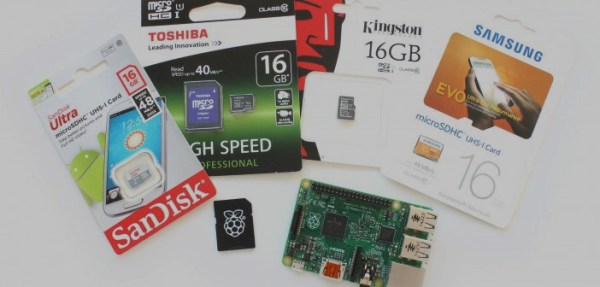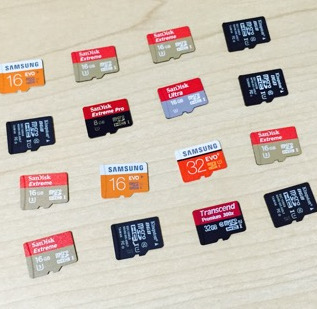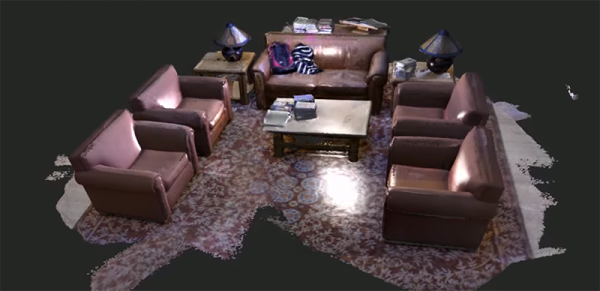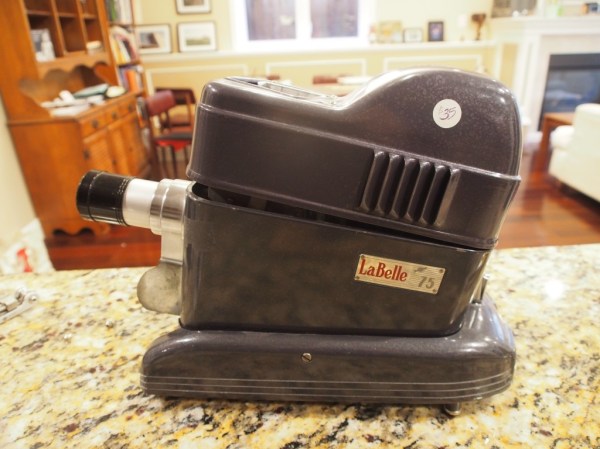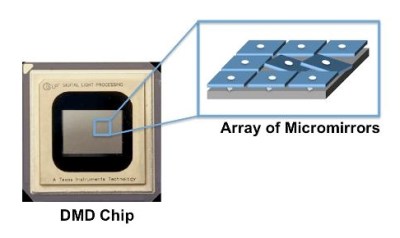There’s a Maker Faire in three weeks, and your group wants to design and build a binary watch to give to attendees. You don’t have much time, and your budget is $3 per watch. What do you do? If you are [Parker@Macrofab] you come up with a plan, buy some parts, and start prototyping.
[Parker] selected the PIC16F527 because it had enough I/O and was inexpensive. A cheap crystal and some miscellaneous discrete parts rounded out the bill of materials. Some cheap ESD straps would serve for a band. He did the prototype with a PICDEM board and immediately ran into the bane of PIC programmers: the analog comparators were overriding the digital I/O pins. With that hurdle clear, [Parker] got the rest of the design prototyped and laid a board out in Eagle.


